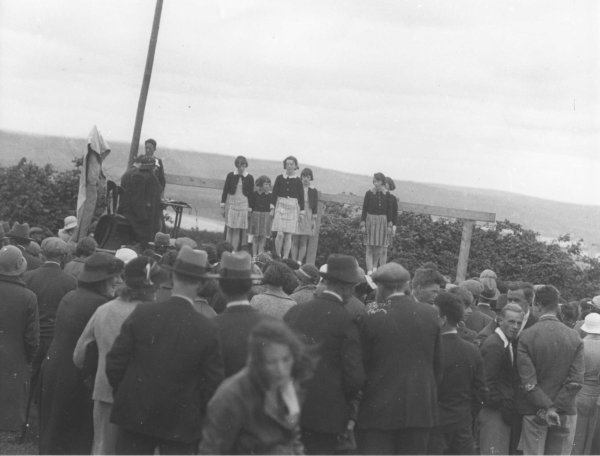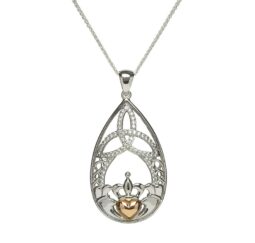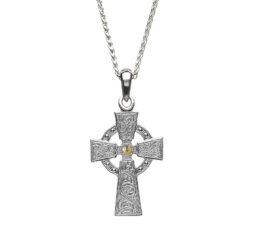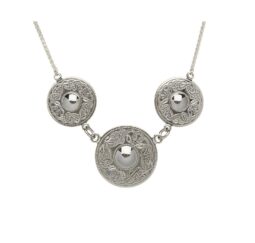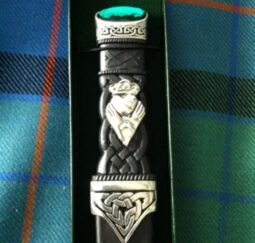$0.00
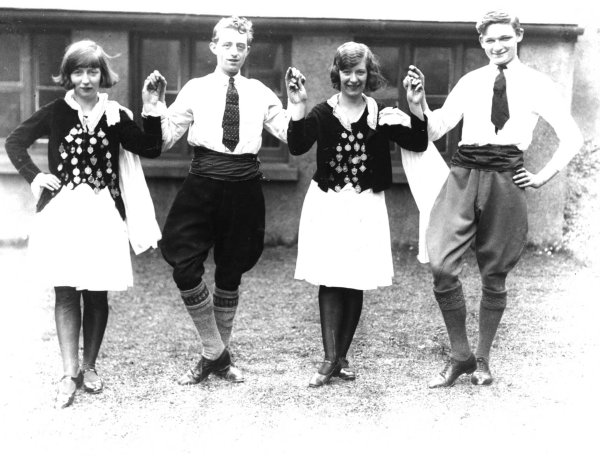
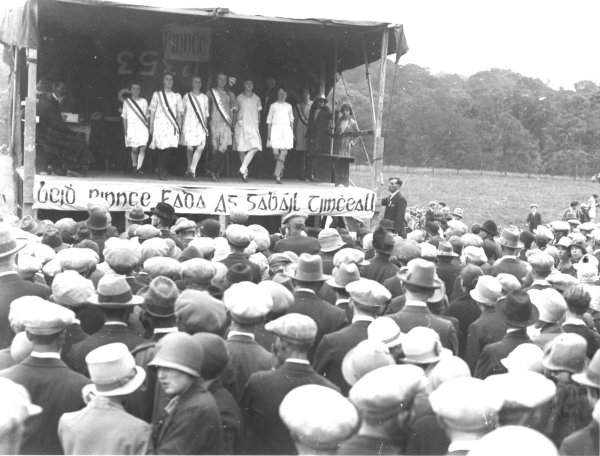
Out of stock
Irish dance history is difficult to pin down for many reasons, most likely because the culture was primarily oral – passed down through stories, songs and dances- with very little being written down. The dancing traditions of Ireland probably grew in close association with traditional Irish music. Although its origins are unclear, Irish dancing was later influenced by dance forms from the Continent, especially the Quadrille.Little is known about the history of Irish dancing from the 7th and 8th century as most books were destroyed by the Vikings. The Viking raids ended in 1014, and around this time, Feisianna began.The word feis means “festival” in Irish, Feisianna was the combination of a trade fair, political gathering and cultural event. It also had sporting events, storytelling, crafts, music and dance. During the 16th and 17th centuries “crossroads dancing” became very popular. The clergy condemned “crossroads dancing” so the Gaelic League introduced the first Ceili in 1697. This let dancer’s dance indoors under supervision. Ceili as a noun differs from the adjective ceili. A ceili is a social gathering featuring Irish music and dance. Ceili dancing is a specific type of Irish dance. The crossroads dance was a type of social event popular in Ireland up to the mid-20th century, in which people would congregate at the large cleared space of a crossroads to dance. In contrast to the later ceili styles, crossroad dances were generally set dancing or solo dancing. The crossroads dance declined in popularity in the mid-20th century, due to rural depopulation, musical recordings, and pressure of the Catholic clergy which resulted in the Public Dance Halls Act of 1935 which restricted all dancing to licensed establishments the. The Gaelic League introduced the first Ceili in 1697. This let dancer’s dance indoors under supervision Traditional Irish culture continued in secrecy until the 1700s. Around 1750 less strict attitudes allowed Irish dance to flourish. Dance was taught by Dance Masters who would travel around the country staying in villages to teach dance steps.Traveling dancing masters taught all over Ireland, as late as the 18th and early 19th centuries. Dancing masters were flamboyant characters who wore bright clothes and carried staffs. Their young pupils did not know the difference between their left and right feet. To overcome this problem, the dancing master would tie straw or hay to his pupils’ left or right feet and instruct them to “lift hay foot” or “lift straw foot”.The dancing masters frowned upon expressive use of the hands and made dancers put their hands down by their sides. They put a length of twine tied to a stone onto the palm to make a clenched fist and keep arms down, During this time, places for competitions and fairs were always small, so there was little room for the Dance Masters to perform. They would dance on tabletops, sometimes even the top of a barrel. Because of this, the dancing styles were very contained, with hands rigid at the sides, and a lack of arm movement and traveling across the stage. It is often said that when the British soldiers banned dancing across the land, the Irish would shut the bottom of their doors and continue to dance only using their feet–with their arms rigid by their sides.
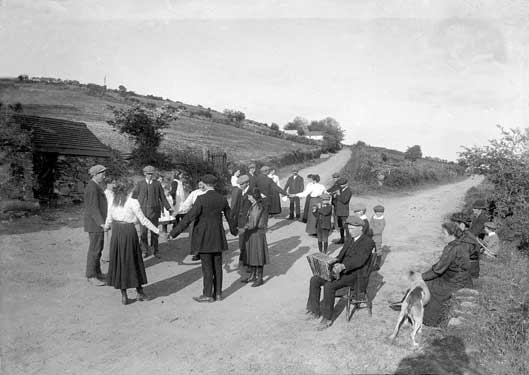
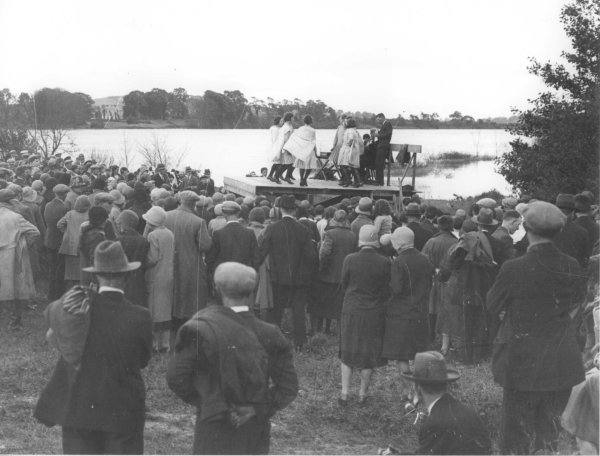
Additional information
| Weight | 0.00 kg |
|---|---|
| Dimensions | 0.00 × 0.00 × 0.00 cm |
